
DEMONTE, VALLE STURA
- Home
- The Territory, our home - Visit Cuneese
- PALACE AND GARDEN BORELLI - DEMONTE
PALACE AND GARDEN BORELLI - DEMONTE
The palace, dating back to the early 17th century, conserves valuable 18th-19th century frescoes and decorated wooden ceilings inside; the Baroque facade on the outside is well preserved. The building is connected by a gallery to the adjacent 19th-century terraced park, featuring fountains, caves and a greenhouse. It houses the Lalla Romano Documentation Centre, the Porcelain Museum and the Civic Library.
Guided tours on fixed dates, for information and bookings visit the Valle Stura Experience website or call +39 328 203 2182.
Before leaving, remember to check the opening through the contacts provided in the description.Via Martiri e Caduti per la Libertà, 1
Demonte
Phone:
+39 328 203 2182 (Valle Stura Experience)
Email: portadivalle@vallesturaexperience.it
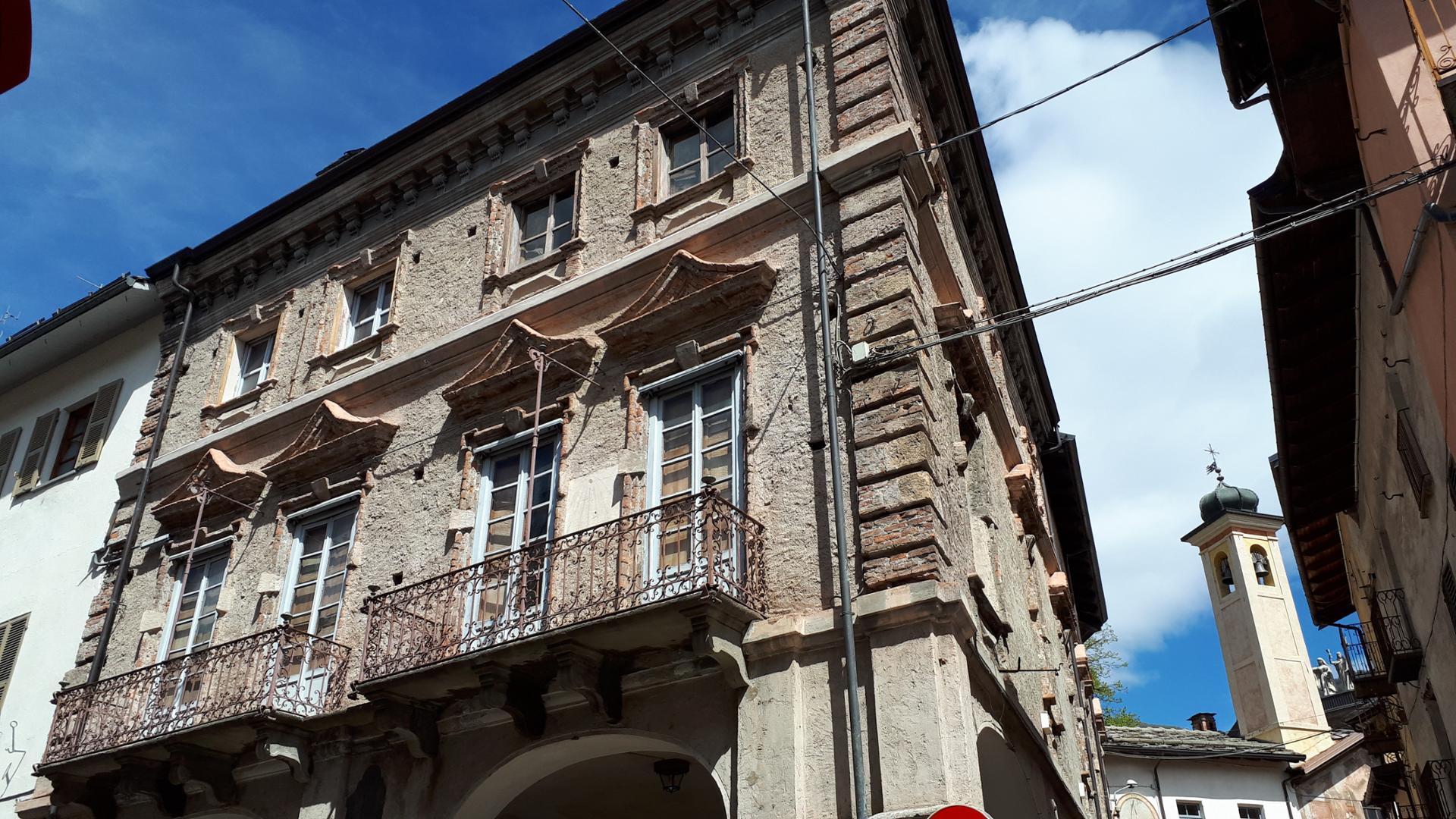
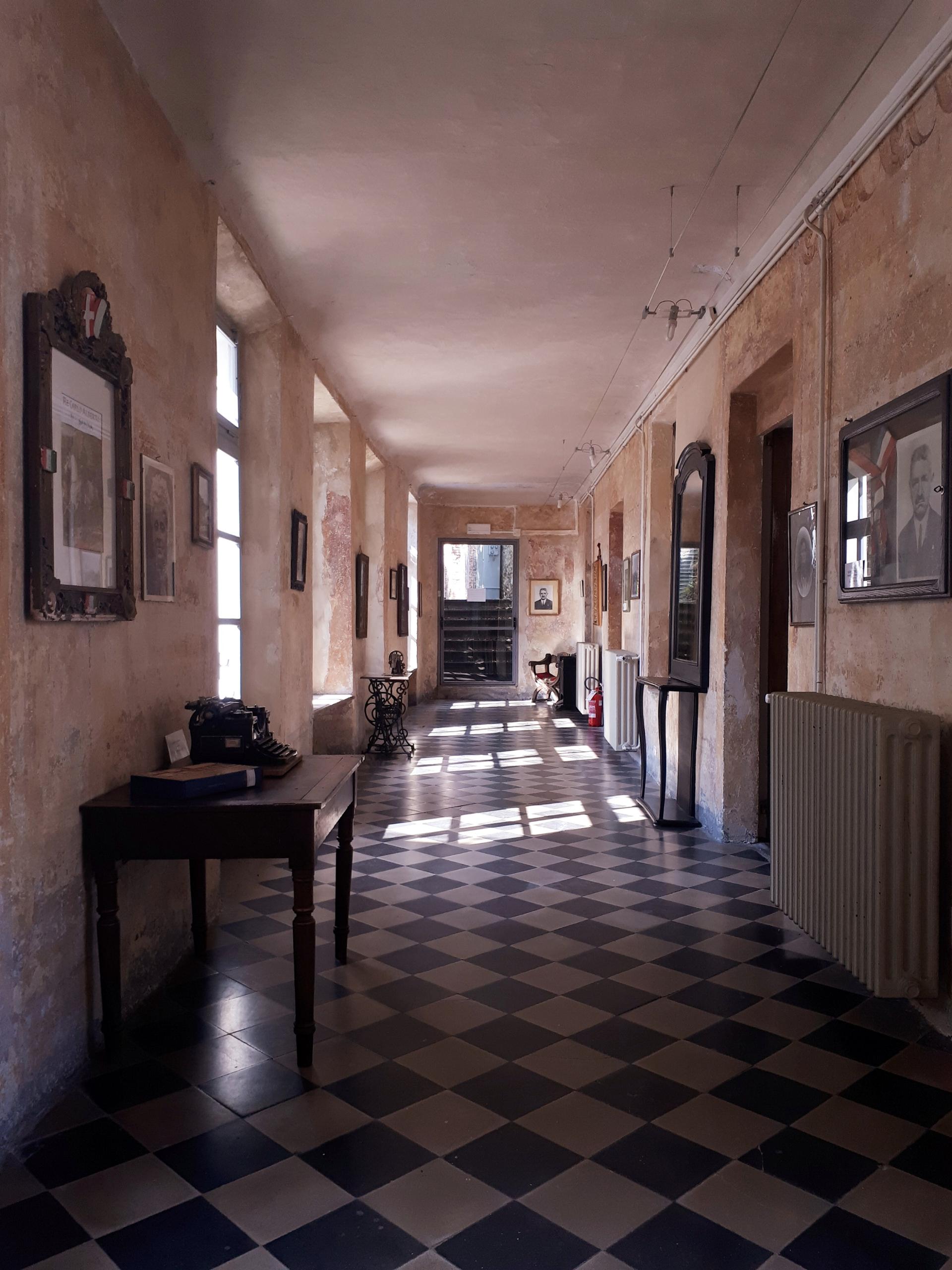
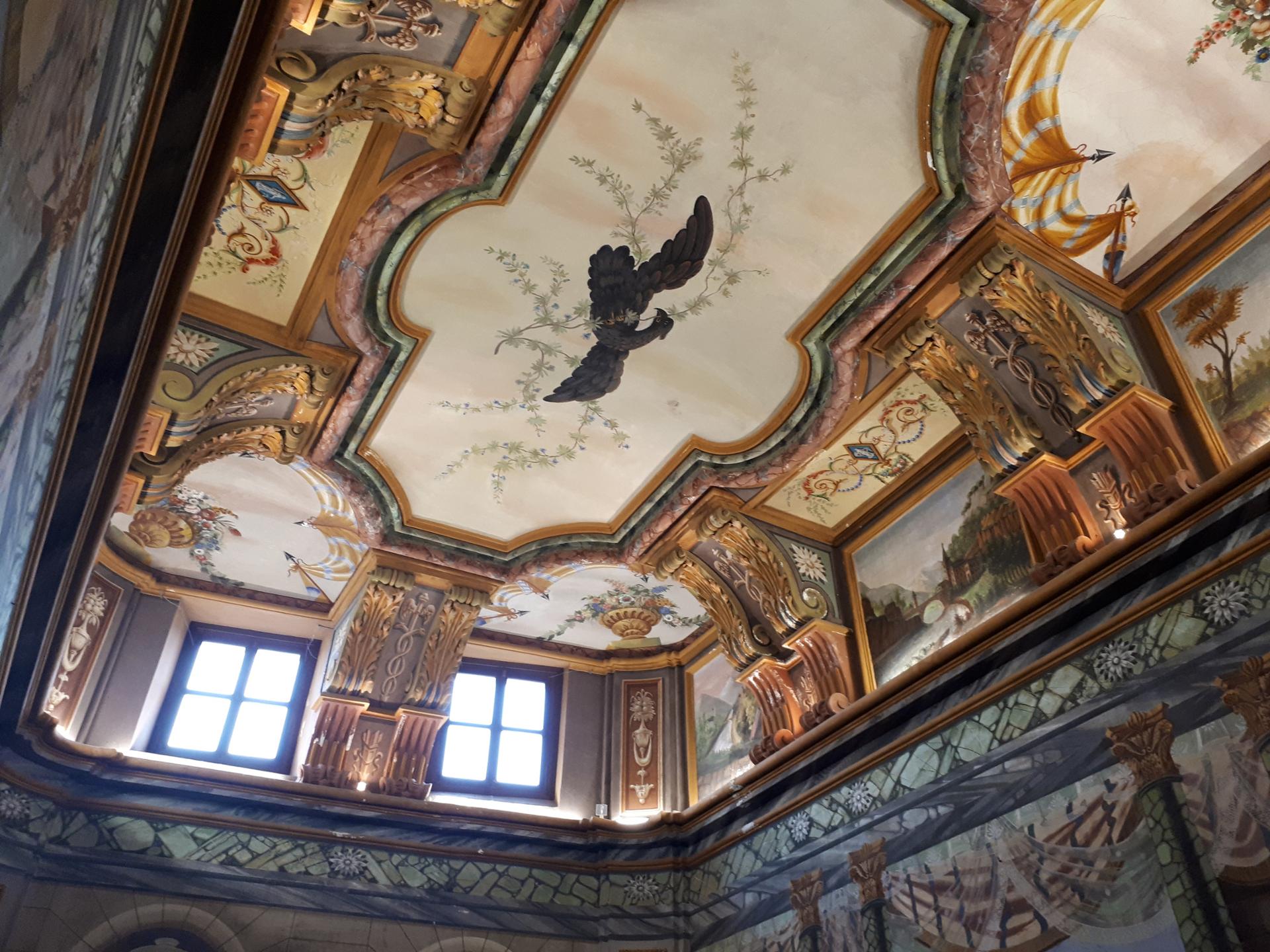
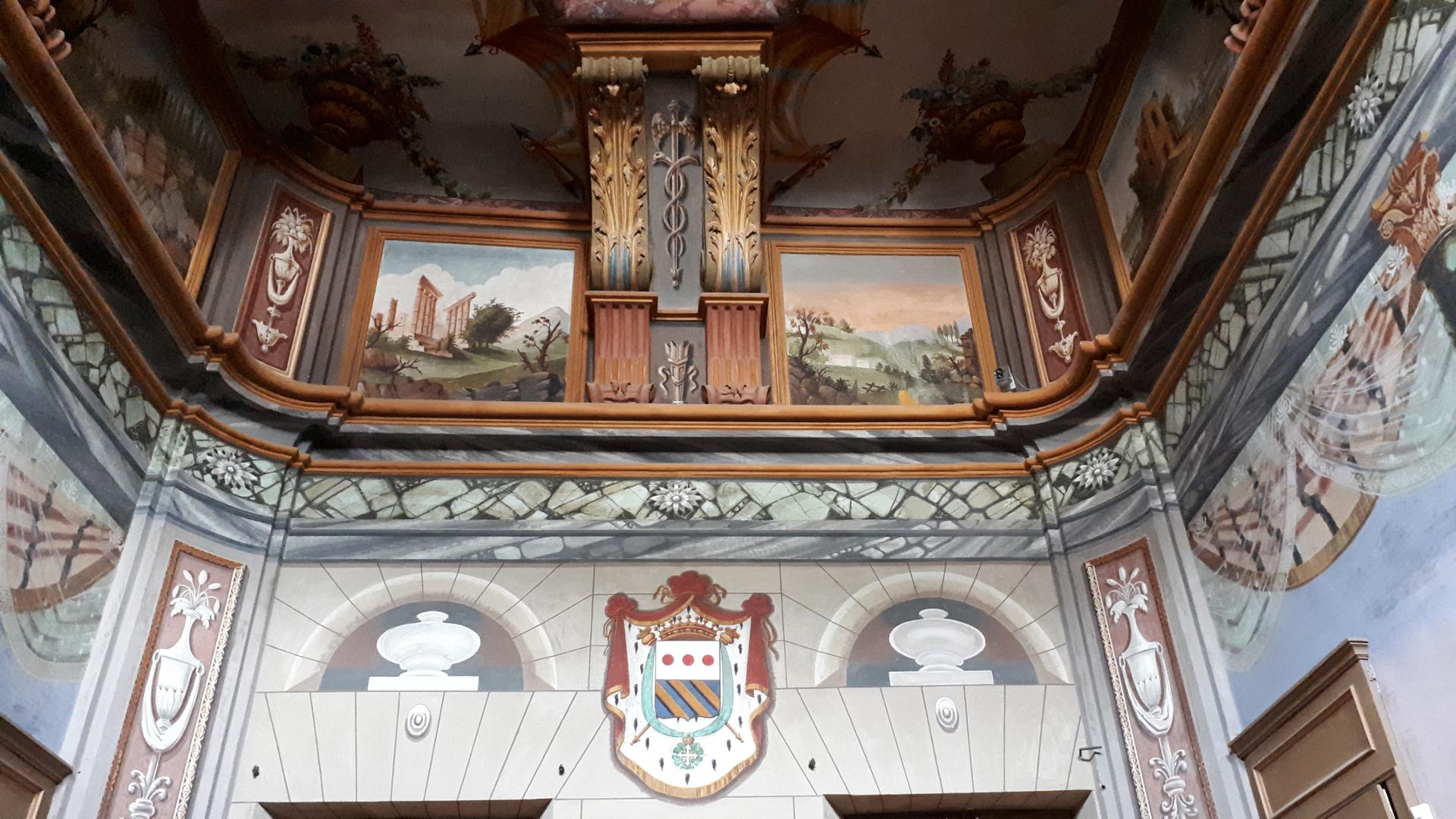


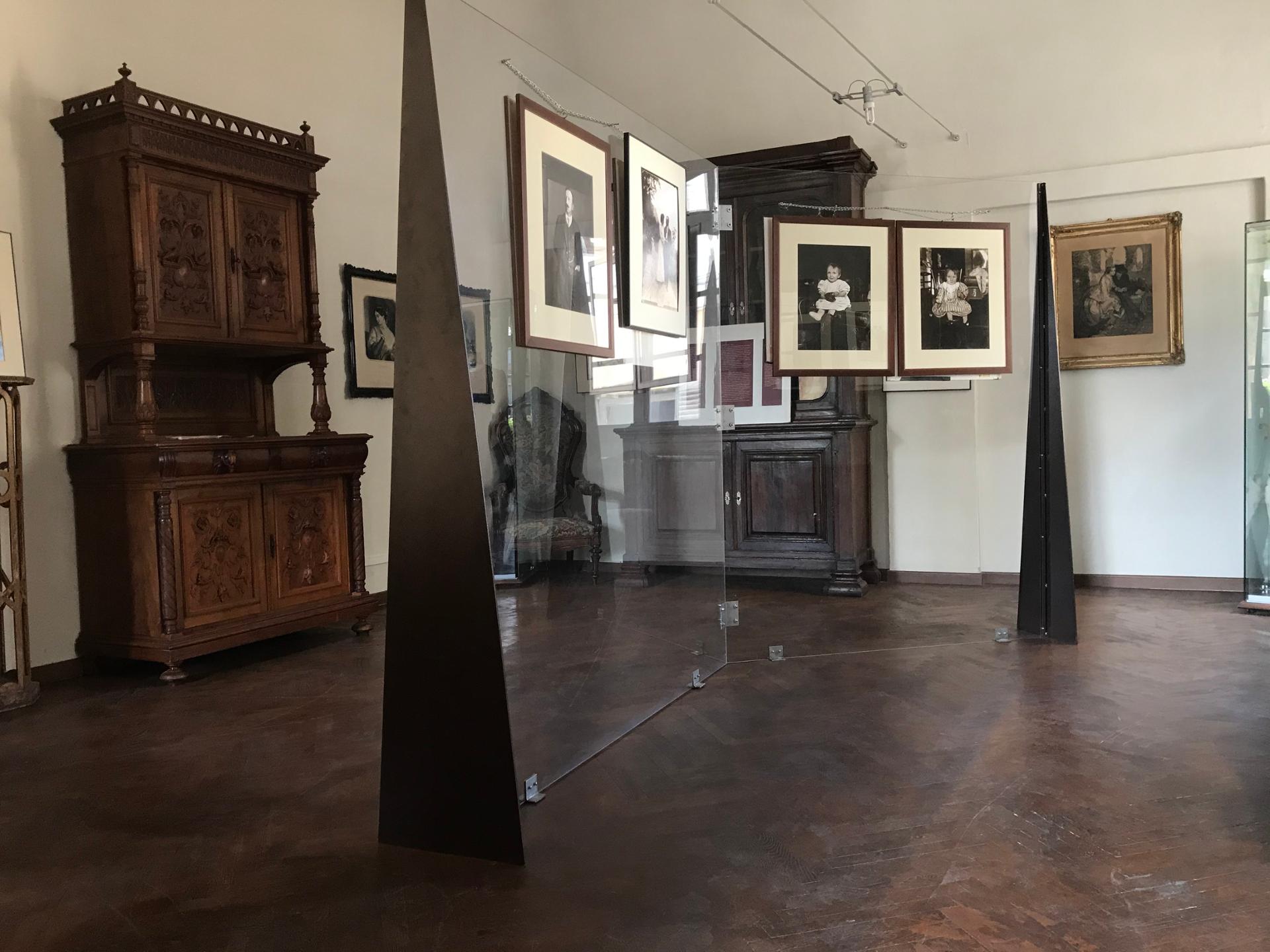







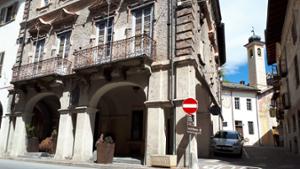
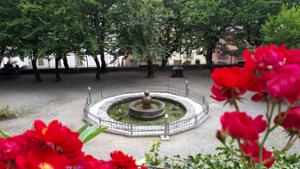



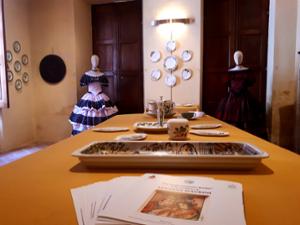
Discover
more
The construction of the Palace dates back to 1606 after the destruction of the Angevin Castle (late 13th century) located on the Quaternary Hill, today Borelli Park, and was the work of Charles Emmanuel I, Duke of Savoy. The palace has a frescoed entrance hall, to the left of which four rooms open out, now used as the Demonte Civic Library. The hall also has a large covered recess with a niche housing a bust (in plaster) of Count Giacinto Borelli. From the entrance hall, a comfortable, exquisite staircase leads to the two upper floors, embellished with decorative 'hanging capitals' of great architectural effect.
The first floor houses the Sala delle Feste, a large hall frescoed on the ceiling and upper part of the walls with valuable 18th-century paintings depicting rural landscapes, while the ceiling features a large 'crow', the symbol of the Bolleris' friends, the Lascaris Counts of Tenda, who ruled the Angevin fief for a brief period on the Bolleris’ behalf. When the building was purchased by Count Giacinto Borelli in 1828, the walls were repainted, the bottom part with the Count's coat of arms, and the right and left walls with motifs that, for the Count, were meant to recall his work as Fiscal Magistrate in Genoa (the Genoa lantern) and his uncle Major Borelli (the front of the Consolata Fortress). Major Borelli, along with a handful of soldiers, had played a key role in saving the Fortress from a fire, close to the powder magazine, caused by the besieging Franco-Spanish incendiary bombs during the invasion of 1744. Adjacent to the Sala delle Feste is the Counts' Dining Room (Sala delle Arti), the ceiling of which bears a fresco of the Goddess Mnemosyne, mother of the nine muses protecting the Arts. The next three rooms house Luciana Magrini's Porcelain Museum. The second floor, undoubtedly the last living quarters of the Countess, later Marchioness, Borelli/Crispolti, with four rooms, is now used for exhibitions.
CARLO ALBERTO GALLERY AND PALAZZETTO
From the Sala delle Feste you circumnavigate the Cavedio and find yourself - after climbing two short ramps - in front of the entrance door to the Carlo Alberto Gallery. Built by Count Borelli in the second half of the 19th century, it connects Palazzo Borelli directly with the Park. At 16 metres long and two and a half metres wide, it is very bright, with no less than five openings onto Piazza Statuto. It is attached to the Palazzetto (a 15th century building), once the home of the Bolleris Viscounts and, more recently, guest quarters and kitchen of the Borelli Counts. It often hosted King Charles Albert when he stayed there to inspect the work on the Vinadio Fortress. Today it houses the Lalla Romano Documentation Centre, which can be visited by booking an appointment at the Demonte Tourist Office.
BORELLI PARK
The history of the Quaternary hill, located above Demonte, dates back to ancient times, only becoming Borelli Park in the first half of the 19th century. At the end of the 13th century it was the site of the Angevin Castle, built by the Angevins of Provence, dominus of Demonte for three centuries, and later it was transformed into a cemetery after the demolition of the Castle by the Savoys after the conquest of the Stura Valley in 1588. It would in turn be transformed into a park by Count Borelli in the second half of the 19th century (with the transfer of the tombs and, therefore, the cemetery, to the current Demonte cemetery), and is known as one of the most interesting and shady parks in Piedmont, endowed with trees and bushes from all over the world. The Park consists of four levels: the 19th century 'Icehouse' is located on the first floor, and the ancient 'St. Bernard Chapel' (formerly the Castle Chapel, Cemetery Chapel, Park Chapel) is on the second floor. Today it is also the shrine of the Borelli family, where Giacinto Borelli and his descendants are buried. It dates back to the end of the 13th century, obviously having been extensively reworked over time. The second floor also hosts the greenhouse, a large space used to shelter flowers and plants during the winter period. On the third level there is a shady corner among hornbeams and box trees, while the Park Tower is on the fourth level (the old dungeon of the castle). Having been rebuilt by Count Borelli on the base of the ancient Angevin tower, this was the point from which the 'escape route' through Demonte to the Rio Kant started (the tunnel was, in the past, buried for safety reasons). Its dungeons also house the old castle prisons, of which, however, no traces are to be found. The Park is a shady oasis frequented in the summer by many Demonte residents and tourists who visit to enjoy its cool shade.
CUNEO ALPS: YOUR PERFECT HOLIDAY. STURA VALLEY
esempi di as xml: xml serveResource con templateId (chiave)
esempi di as json: json serveResource con templateId (chiave)
esempi di as json e siteId: json serveResource con siteid
en_US
What
to do
en_US
Experiences
No result found
en_US
Where
sleeping
en_US
Offers
en_US
Info









